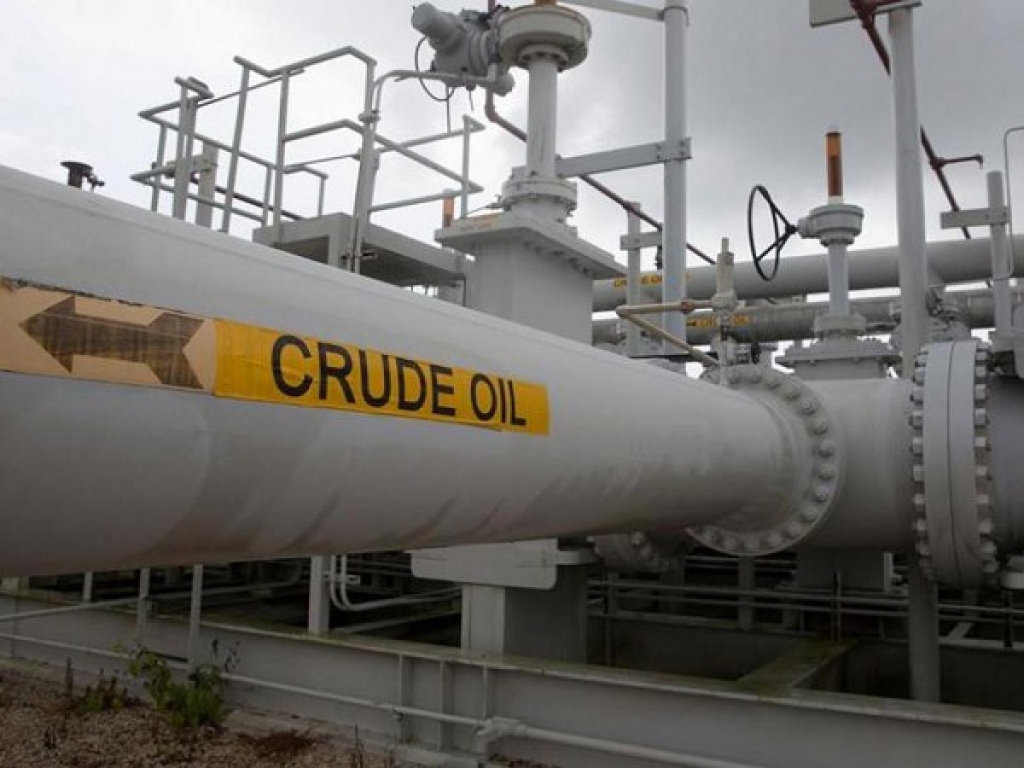 LAUNCESTON: The new Shanghai crude oil futures have been trading for just over a month and have so far managed to build up reasonably strong volumes, but this success may only mask some wider concerns.
LAUNCESTON: The new Shanghai crude oil futures have been trading for just over a month and have so far managed to build up reasonably strong volumes, but this success may only mask some wider concerns.
The yuan-denominated contracts were launched on March 26 by the Shanghai International Energy Exchange (INE) and are enjoying trading volumes averaging around 80,000 a day, with the open interest around 16,000.
The INE contract offers seven grades of Middle Eastern and domestic crude for delivery to various locations in China, the world's largest oil importer.
While the contract is well-designed to match China's crude buying, it is structured so that delivery is for several months ahead, making it difficult to compare to other crude oil benchmarks, such as Brent, West Texas Intermediate (WTI) and the Dubai Mercantile Exchange's Oman.
The Shanghai contract includes a freight component and a currency factor, making it challenging for traders to work out arbitrage opportunities against the other benchmarks.
Nonetheless, the volumes and open interest compare very favourably to those of the DME contract, which is perhaps the best comparison given that Oman crude is similar in quality to the grades being offered by the INE.
Daily front-month volumes for the DME contract are usually between 3,000 and 5,000, well below the levels that Shanghai futures are achieving.
However, both are dwarfed by Brent and WTI, both of which trade in the hundreds of thousands of contracts every day.
It's also the nature of the volumes on the INE that may be cause for concern, with trade dominated by Chinese players, including the major state-owned refiners, smaller traders and retail investors.
There is nothing wrong with this mix per se, but the INE contract may end up like the iron ore futures on the Dalian Commodity Exchange insofar as they attract huge volumes, but mainly from domestic players who respond more to local news flows than market fundamentals.
This raises the risk that the INE contract effectively becomes a Chinese domestic vehicle for investors to "play" in the crude oil market.
If this does happen, it would undermine the aim of establishing Shanghai as a major pricing hub for crude oil.
So far, it appears that participation by Western oil companies, traders and investors in the INE has been limited.
ARBITRAGE WINDOW
That's not to say there isn't interest among Western players in the Shanghai market, but it seems that they are being cautious as how best to benefit from participating.
One of the logical ways to participate would be to hedge Middle East crude against the delivered price in China, and to pocket any arbitrage difference.
This means the price of Oman futures would have to be below those in Shanghai, and other costs such as currency transactions and freight would also have to be factored in.
The third-month Oman contract, which is for July delivery, ended at $69.33 a barrel on Tuesday.
This is the contract most suitable for comparison to the front-month INE future, which is for delivery in September.
The Shanghai future ended at 442.5 yuan a barrel on April 27, with there being no trade on Monday and Tuesday due to public holidays.
This equates to about $69.87 a barrel, meaning there is only a tiny premium of 54 cents a barrel currently between the INE and DME equivalent contracts.
This isn't enough to cover the cost of freight and currency conversion, meaning the arbitrage window between Dubai and Shanghai is currently closed.
Of course, this won't always be the case, but market participants outside China appear to be adopting a wait-and-see attitude when it comes to the INE contract.
But for now, the initial success of the Shanghai contract is tempered by signs that it may not be working as intended, and that it's still some way from achieving the goal of becoming the benchmark for crude trade in Asia.
























Comments
Comments are closed.